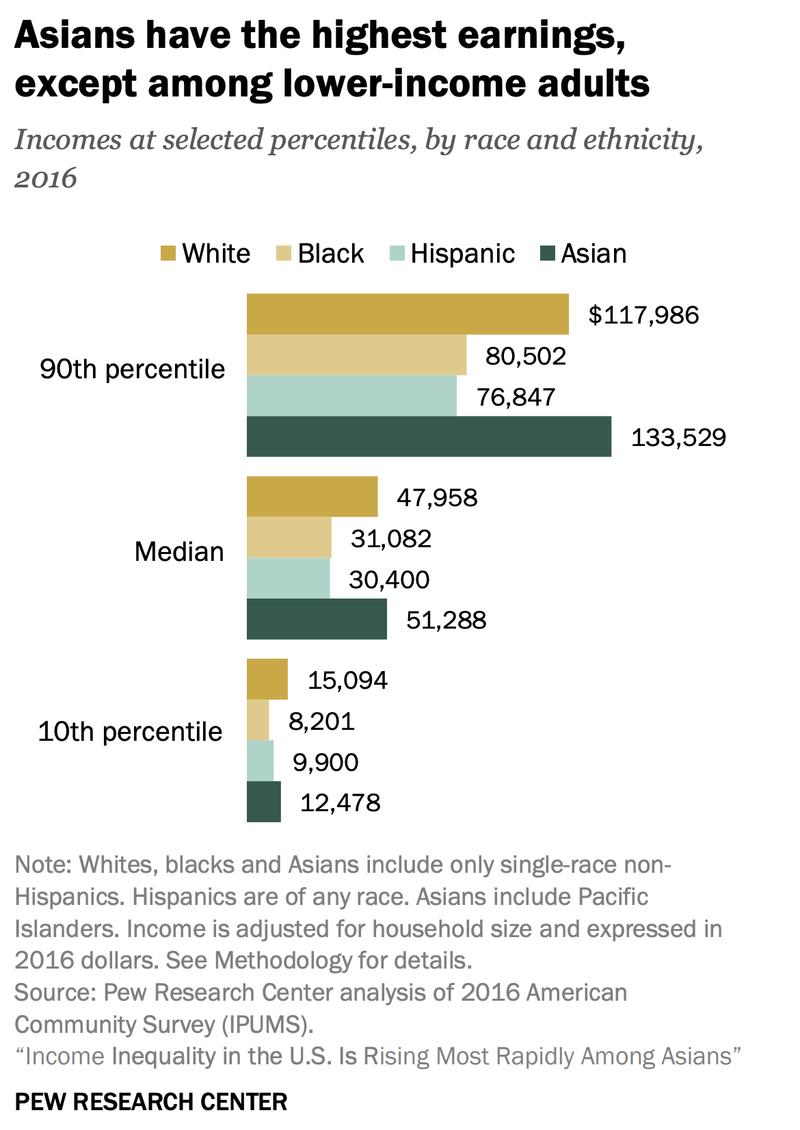
Asian Countries Experience the Highest Income Gap
Income inequality has been a persistent issue across the globe, and Asia, in particular, has been grappling with some of the most significant income gaps. This article delves into the reasons behind this disparity, the impact it has on societies, and the efforts being made to bridge the gap.
Understanding the Income Gap
The income gap refers to the difference in earnings between individuals or groups within a society. In Asia, this gap has been widening over the years, with a few countries standing out as having particularly high disparities.

Reasons for the High Income Gap
Several factors contribute to the high income gap in Asian countries:
-
Economic Development: Countries like China and India have experienced rapid economic growth, but this has not been evenly distributed. The benefits have largely gone to urban areas and the wealthy, while rural areas and the poor have been left behind.
-
Education: Access to quality education is limited in many Asian countries, particularly in rural areas. This lack of education hinders individuals from securing better-paying jobs.
-
Gender Inequality: Women in Asia often face discrimination in the workplace, which limits their earning potential.

-
Corruption: Corruption in some Asian countries has led to the misallocation of resources, exacerbating income inequality.
Impact of the Income Gap
The high income gap in Asia has several negative consequences:
-
Political Instability: The growing wealth disparity has led to social unrest and political instability in some countries.
-
Health and Education: The poor are more likely to suffer from health issues and have limited access to quality education.
-
Crime: Income inequality can lead to increased crime rates as individuals turn to illegal activities to make ends meet.
Efforts to Bridge the Gap
Several Asian countries are taking steps to address the income gap:
-
China: The Chinese government has implemented various policies to reduce income inequality, such as increasing the minimum wage and providing subsidies to low-income families.
-
India: The Indian government has launched several initiatives to improve access to education and healthcare for the poor, such as the National Health Mission and the Right to Education Act.
-
Malaysia: The Malaysian government has implemented policies to promote inclusive growth, such as the New Economic Model and the Economic Transformation Programme.
Comparative Analysis
Below is a table comparing the income gap in some Asian countries:
| Country | Gini Coefficient |
|---|---|
| China | 0.47 |
| India | 0.36 |
| Malaysia | 0.42 |
| Philippines | 0.45 |
| Thailand | 0.41 |
Conclusion
The high income gap in Asian countries is a complex issue with far-reaching consequences. While progress has been made in some areas, there is still much work to be done to ensure that the benefits of economic growth are shared more evenly across the region.



